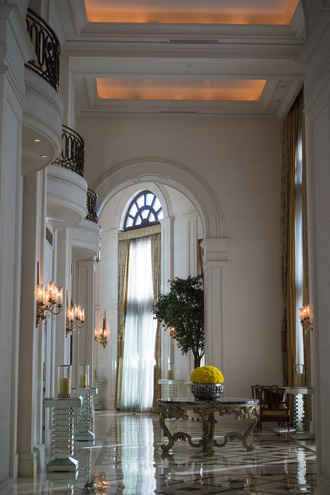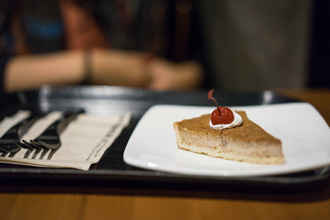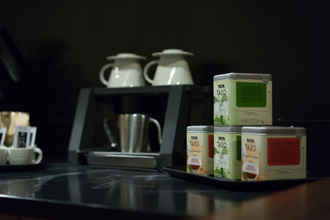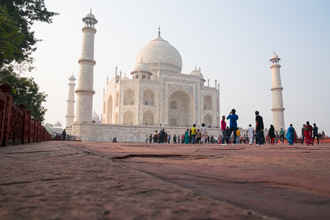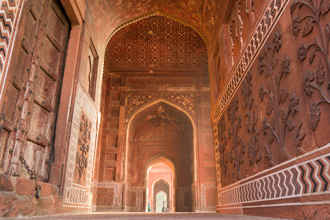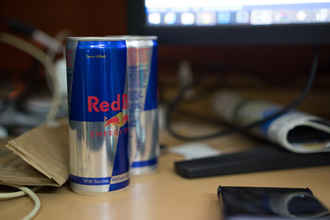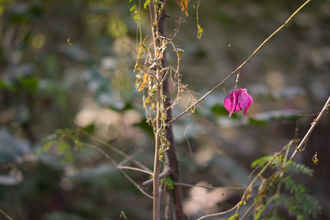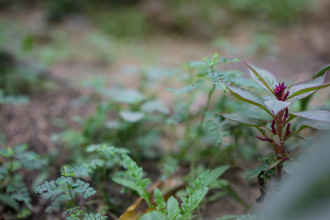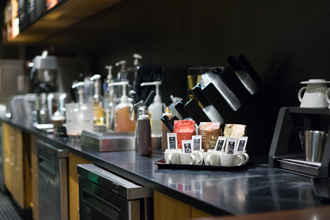The Sony A7R is the very definition of “big things come in small packages” with a mammoth 36 megapixel full frame sensor being packed into a very compact mirrorless body. It has excellent image quality, with the ability to capture incredibly detailed images, but does require post processing if you shoot RAW. The slow 4fps burst mode is a disappointment though.
The A7R offers a lot of custom buttons for the perfect control
Overall, the A7R is actually quite a very well designed camera. The bulky grip on the front may not look very pleasing, but it’s the only reason the camera is an absolute treat to hold and use. The buttons, regardless of what they are configured as, are still extremely easy to reach and have just the right amount of travel. The dials are smooth and well placed too.
Features
The Sony A7R has a 36 megapixel slab of silicon dedicated to imaging duties and with the optical low pass filter removed, the images out of this camera are incredibly sharp, even for RAW files. It has a newly developed Bionz X processor for all image and video processing needs. Interestingly, the A7R’s focusing system is completely contrast based, which is somewhat surprising. In a time and age when everyone is shifting to a contrast phase detect hybrid AF system, Sony has chosen to keep the A7R one step behind not just the competition, but also one step behind its own cousin, the A7, which does come with a hybrid AF system.
In the viewing department, we have a gorgeous 3 inch with 1.23 million dots and more importantly an XGA 2.4 million dot viewfinder. The EVF is impressively good, and while it’s not as “life-like” as a traditional viewfinder, the kind of visibility it offers in low light is just stunning. The best part is the complete lack of lag that is often associated with electronic viewfinders. Sony’s had a long standing reputation of chasing perfection, and we feel that they may be VERY close to it with the EVF on the A7R.
Lastly, the A7R has the Sony mirrorless E-mount, but supports FE mount lenses too. You can even attach Sony’s A-mount lenses to the A7R using an adapter, which would offer users a whole lot of flexibility with the system.
Performance
The performance of the A7R is something we were very very eager to gauge. While the 36 megapixel sensor is a behemoth, it also has some downsides. There are things like diffraction from lenses at high aperture values to watch out for and then there is the fact that so many pixels leads to the camera capturing detail at the minutest levels. Often, you’d find more imperfections on your models face when shot with the A7R then you would from any other camera (save for the Nikon D800E). To correct one of these issues, Sony’s taken a two-prong approach. One, they created lenses specifically for the full frame sensor, accounting for the high resolution count. The second way they’ve tried to deal with diffraction is by adding Diffraction Correction algorithms right into the camera, which we have found to actually be quite effective. All the images in this review were shot using the Zeiss 55mm f/1.8 and the Zeiss 16-70mm f/4 OSS lens.
Firstly, we’re going to talk about the AF system. Being contrast detect only, it does seem to be noticeably slower when compared to the likes of the Olympus OM-D E-M1, which uses a combination of contrast and phase detection to acquire focus. It is somewhere in the same pace bracket as the Fujifilm X-Pro 1, but consistently showed more accuracy than Fujifilm’s flagship. The AF module in the A7R offers various focus modes such as center point, intelligent zone and manual zone selection. While the A7R is pretty good at locking focus on faces (thanks to a face detection option), if you do want to use manual AF point selection, you’re looking at a frustrating experience. It requires several pushes of the button to actually get the points moving, so you might want to keep that in mind. The other disappointment was the lack of a physical AF switch (to choose between MF, AF-C and AF-S) which one can find on the RX, so it we sort of expected that to be here as well.
Moving onto the image performance of the A7R, there is a lot this camera can offer. It has a 36 megapixel sensor without an optical low pass filter, bringing it in league with the Nikon D800E, so obviously our expectations were high, and the A7R did not disappoint. Our first observation about the images out of the A7R was that they were exceptionally flat in their contrast and saturation curve, but that is a given for RAW files. Normally, the RAW files out of a Sony (especially the RX100 II) seem to not be so flat, but the A7R files are actually completely neutral. This is good for those who like to do their own post processing. If you prefer to get gorgeous files right out of the camera, you can simply apply the colour setting to any one of the many profiles already built into the camera to get web-ready JPG files.

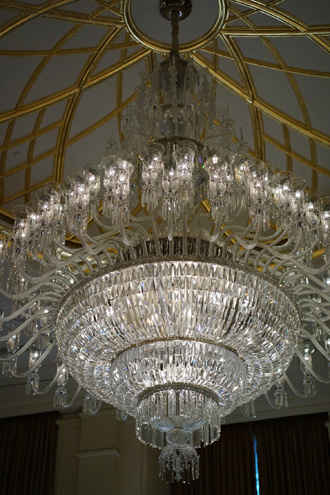
Indoor shots at ISO 1600 from the A7R
The Sony A7R tends to have a warm bias for white balance
The most alluring part about the A7R is the fact that the 36 megapixel sensor is able capture an incredibly detailed image. It gives the photographer a lot of latitude with cropping, or even making large prints, all in the convenience of a rather compact, unobtrusive body. The A7R offers a dynamic range typical of full frame cameras and if you shoot raw, you’re looking at some SERIOUS latitude for recovery of detail in shadows and (or) highlights. However, the low light performance of this camera left a little more to be desired.
.jpg)
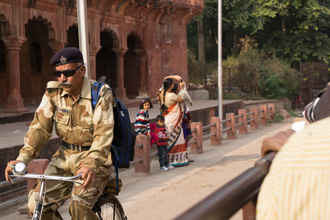
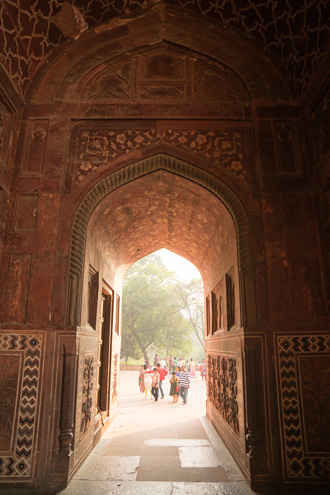

Photos from the Sony A7R show excellent latitude for colour and exposure correction, coupled up with very good dynamic range
Given that the A7R packs 36 megapixels into its full frame sensor, we’re looking at a relatively reduced pixel pitch when compared to other full frame sensors which tend to top out at 24 megapixels or less. In this regard, the A7R tends to develop noise a lot faster than its competitors with a lower pixel count, but that is a given. However, despite the relatively poorer low light performance, we found ourselves completely free of worry when shooting even at ISO 6400 with the camera.

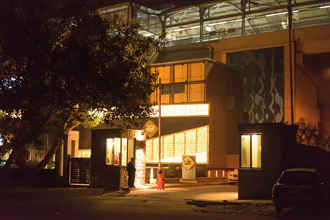
Low light samples from the Sony A7R
Just one final word on the performance, the A7R is not a fast camera by any means. We put the maximum burst rate of 4 frames per second on this camera to the test and found that the mammoth file size of 36 MP images tends to limit the performance. We used a Sandisk Extreme Pro SDXC UHS-1 memory card with 64 GB of storage and a 95MB/second write speed and found that when shooting in burst mode, the camera would slow down after 10 shots or so, because the buffer would have a hard time pushing images to the card, despite the really fast write speed of the card. While this is no sports shooter’s camera by any means, we still highly recommend a very fast card to make the best of this camera.
Conclusion
The Sony A7R is the next step in the mirrorless evolution. Consider it to be like the Nikon D800E in a far more compact body, with a much lower price tag. It isn’t a fast camera by any means with a maximum burst rate just 4 fps, but then again, this isn’t meant to be a body for the sports photographer. This is a camera for the street photographer, or someone who works a lot in the studio and wants the absolute best image quality. With Sony baking in diffraction correction into the Bionz X, it helps eliminate on the biggest problem with such high megapixel sensors; diffraction. The A7R is compact, relatively light, and extremely rugged. It’s not just cheaper than its Nikon counterpart, but actually the second cheapest mirrorless camera in the market at the moment, bested only by the Sony A7.
More Images from the Sony A7R

.jpg)
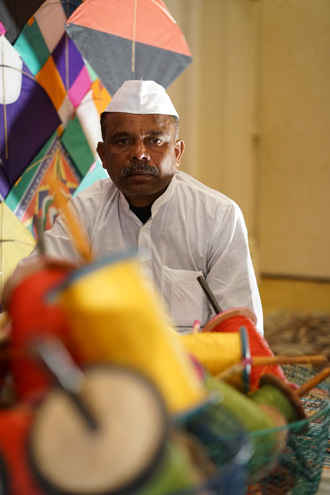
.jpg)

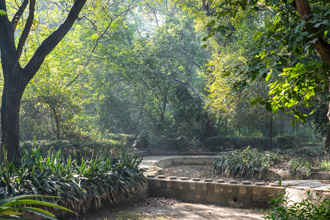
.jpg)
